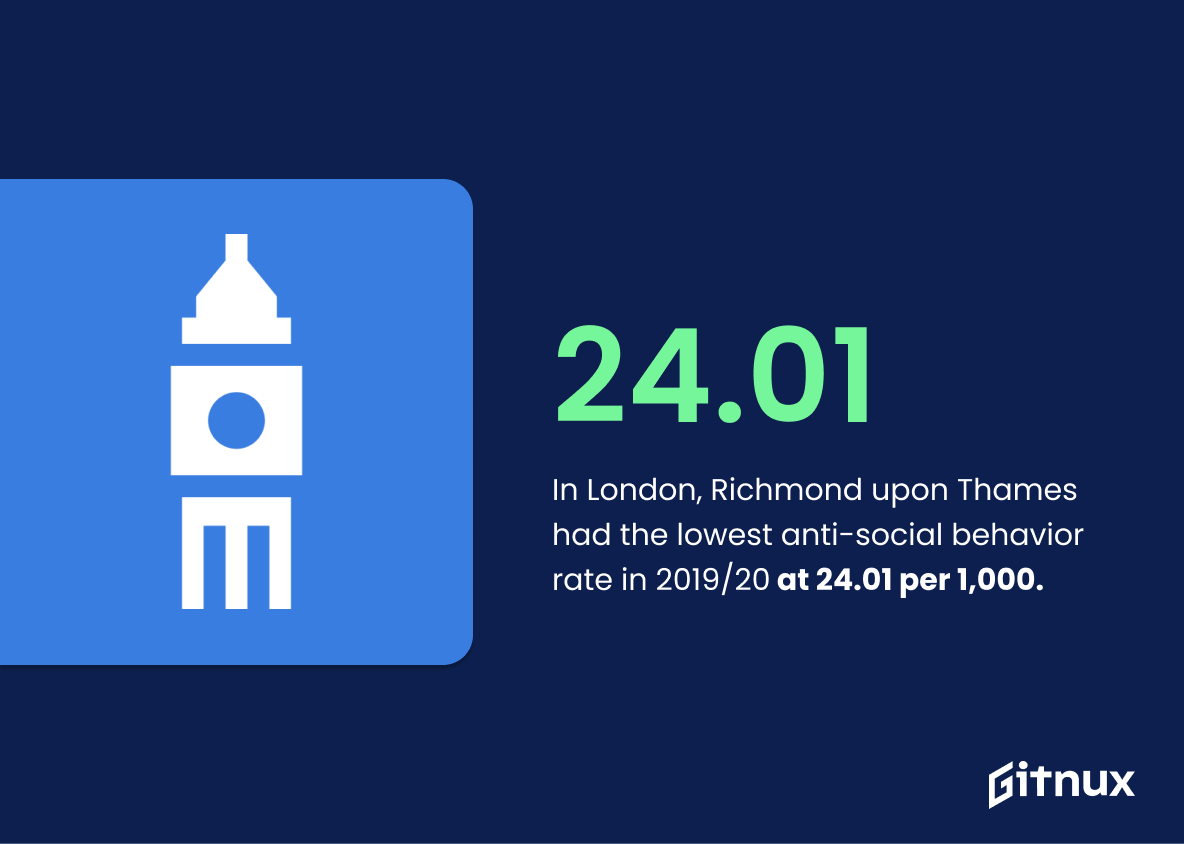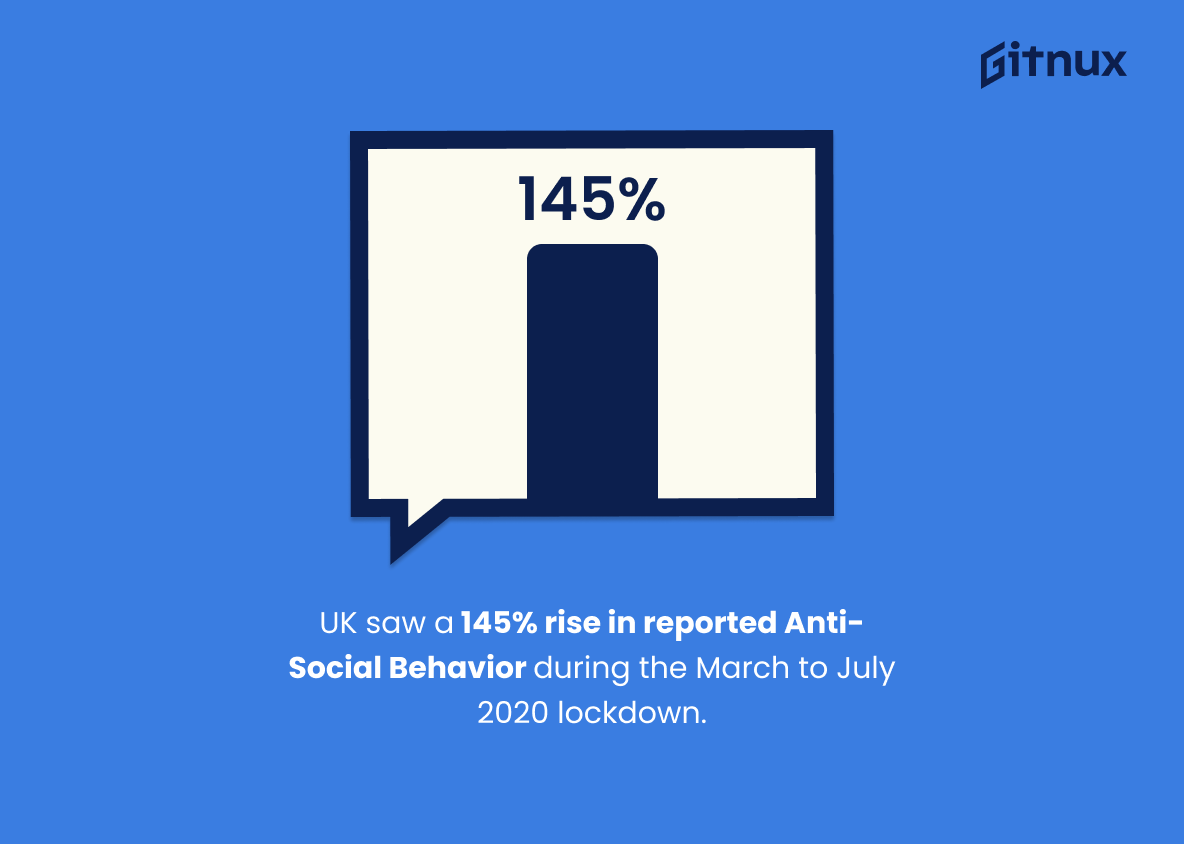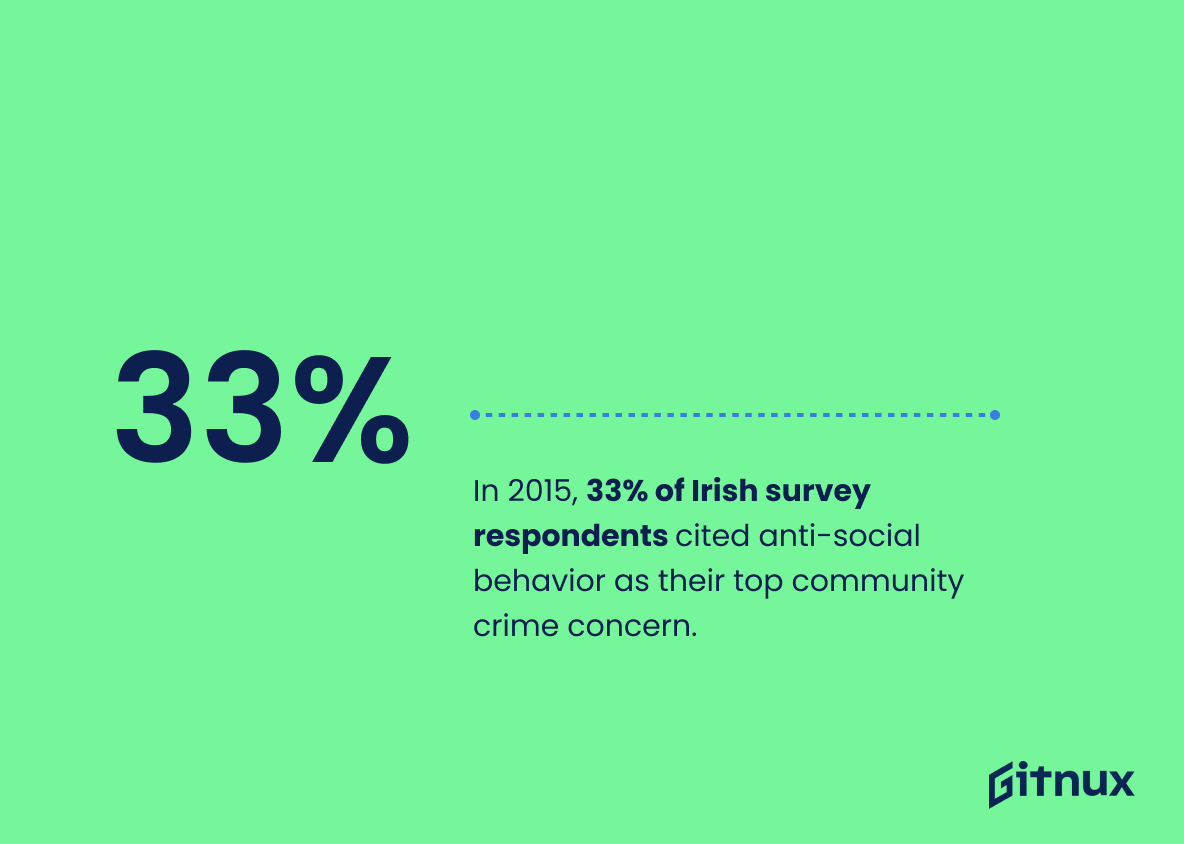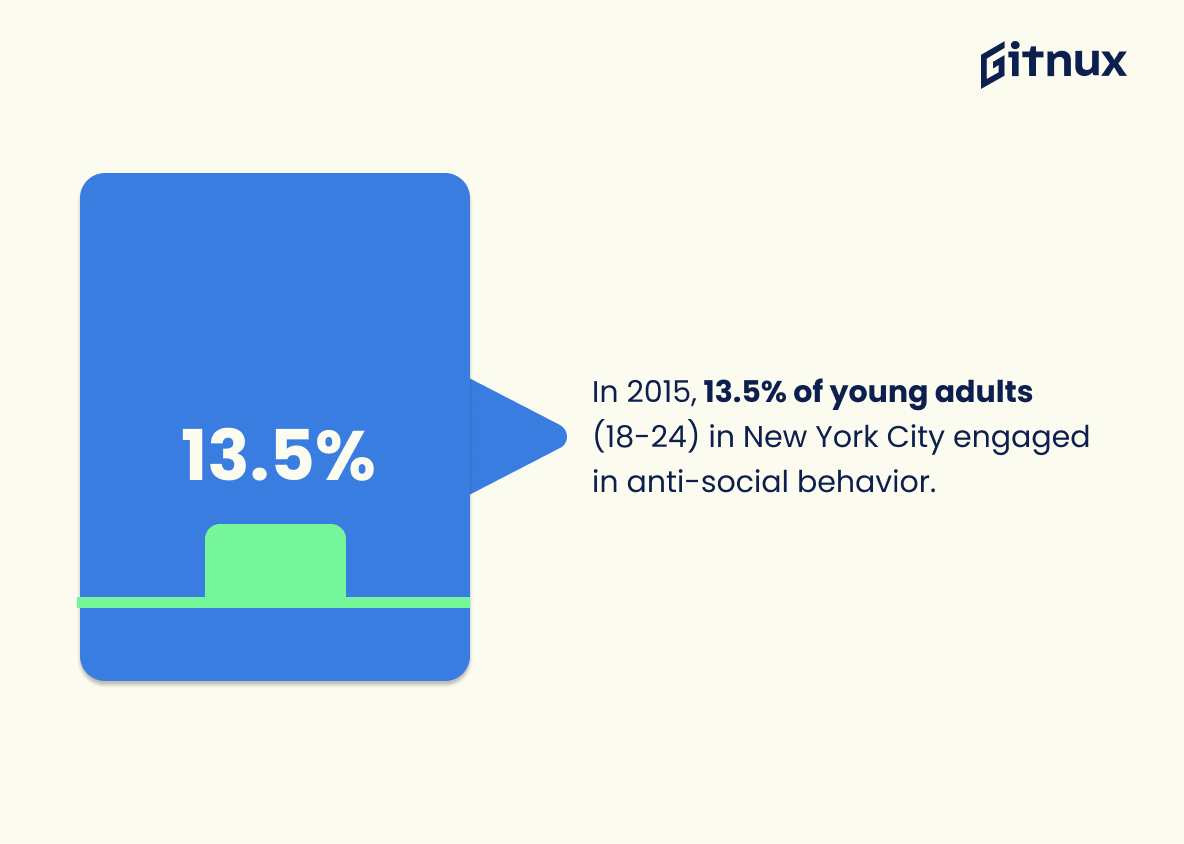Anti-social behavior is a growing problem in many countries around the world. In this blog post, we will be looking at statistics from various sources to gain an understanding of how anti-social behavior has been affecting different parts of the world over recent years. We’ll look at data from England and Wales, Scotland, Northern Ireland, Canada, the United States, Europe and other areas such as London and Manchester. We’ll also explore what types of anti-social behaviors are most common in these regions and which age groups are more likely to engage in them. Finally we will discuss some possible solutions for reducing incidents of anti-social behavior across all locations discussed here.
This statistic is a stark reminder of the prevalence of anti-social behaviour in England and Wales, highlighting the need for further action to be taken to tackle this issue. It is a worrying indication that the problem is not only widespread, but also increasing, and serves as a call to arms for those in positions of power to take steps to reduce the number of ASB incidents. This statistic is an important part of the conversation surrounding anti-social behaviour, and should be taken into account when discussing the issue.
In 2019, police reported 7,713 anti-social behavior incidents in Wales.
This statistic serves as a stark reminder of the prevalence of anti-social behavior in Wales in 2019. It highlights the need for further action to be taken to address this issue and ensure the safety of the public. It also serves as a call to action for those in positions of power to take steps to reduce the number of incidents of anti-social behavior in Wales.
Anti-Social Behaviour Statistics Overview
In London, the borough with the lowest number of anti-social behavior incidents per 1,000 population in 2019/20 was Richmond upon Thames, with a rate of 24.01.
This statistic is a testament to the success of Richmond upon Thames in curbing anti-social behavior. It serves as an example of how effective local initiatives can be in reducing the prevalence of such incidents. By highlighting this statistic, the blog post can demonstrate to other boroughs the potential of their own efforts in tackling anti-social behavior.
There was a significant increase (145%) in the number of reported Anti-Social Behavior incidents in the UK during the COVID-19 lockdown period from March 2020 to July 2020.
This statistic is a stark reminder of the impact that the COVID-19 lockdown period had on Anti-Social Behavior incidents in the UK. It highlights the need for further research into the causes of this dramatic increase and the need for effective strategies to address the issue. This statistic is an important part of the conversation about Anti-Social Behavior and should be taken into consideration when discussing the issue.
In Ireland, 33% of people surveyed in 2015 identified anti-social behavior as the most pressing crime-related problem in their community.
This statistic is a powerful indicator of the prevalence of anti-social behavior in Ireland. It demonstrates that a significant portion of the population is concerned about the issue and is actively seeking solutions to address it. This statistic is a valuable piece of information for anyone looking to understand the scope of the problem and the need for action. It serves as a reminder that anti-social behavior is a serious issue that needs to be addressed in order to ensure the safety and wellbeing of communities.
In 2015, the proportion of young adults (18-24) who had been involved in some form of anti-social behavior in New York City was 13.5%.
This statistic is a stark reminder of the prevalence of anti-social behavior among young adults in New York City. It highlights the need for further research and action to be taken to address this issue and ensure that young adults are able to live in a safe and secure environment.
Conclusion
The statistics presented in this blog post demonstrate that anti-social behavior is a problem across many countries and regions. In England and Wales, there was a 6% decrease in police recorded incidents of anti-social behavior from 2018/19 to 2019/20, while Scotland saw an even larger 16% decrease over the same period. The total number of reported incidents decreased by 73% between 2012 and 2020 in England and Wales, indicating progress has been made towards reducing levels of anti-social behaviour.
In Canada 30%, Northern Ireland 25%, Europe 23%, United States 13.5%, Amsterdam 35% (under 18s) , Manchester 6 %(2018 -2019), London 33 % (2011 – 2019 )and Ireland 33 % people perceived or experienced some form of Anti Social Behaviour . During the COVID 19 lockdown period from March 2020 to July 2020 there was 145 percent increase in ASB cases which shows how pandemic can affect crime rates as well . It is clear that more needs to be done on both local and national level to reduce these numbers further so communities are safe for everyone living within them
References
0. – https://www.avonandsomerset.police.uk
1. – https://www.justice.ie
2. – https://www.londoncouncils.gov.uk
3. – https://www.crime-statistics.co.uk
4. – https://www..nyc.gov
5. – https://www.statista.com




